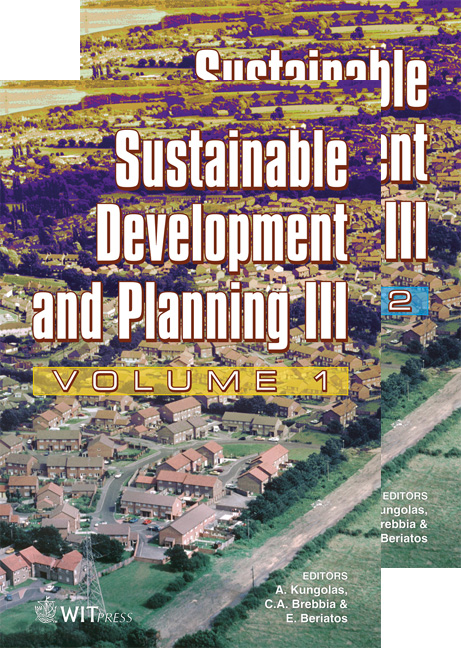Planning, Crime And Urban Sustainability
Price
Free (open access)
Transaction
Volume
102
Pages
10
Published
2007
Size
379 kb
Paper DOI
10.2495/SDP070181
Copyright
WIT Press
Author(s)
P. Cozens
Abstract
Globally, the environmental movement has played a pivotal role in influencing the development of sustainability. Increasingly, urban sustainability is seen as a new large-scale vision to guide the planning agenda for the twenty-first century. However, a review of the literature clearly indicates that crime and fear of crime can seriously undermine the broader aims of urban sustainability. Furthermore, analysts tend to focus on levels of recorded crime, largely ignoring the crucial and arguably more important dimension of citizens’ fear of crime and their perceptions of their local environment. This paper provides recommendations for integrating crime and fear of crime within urban sustainability. It also proposes that ‘designing out crime’ represents a vital tool for assisting in the development of urban sustainability. Keywords: urban sustainability, crime and fear of crime, designing out crime, Crime Prevention Through Environmental Design (CPTED). 1 Introduction Cities have many impacts on the environment and upon its inhabitants, both in contemporary terms and for future generations. However, if sustainability is to adequately represent the new large-scale vision to guide the planning agenda for the twenty-first century [1] it must incorporate a consideration for all potential threats to the long-term sustainable health and vitality and personal safety of both the built environment and of its occupants. This paper discusses a threat to long-term sustainability, which can seriously challenge the city’s functioning, vitality and longevity. The ubiquitous issues of crime and the fear of crime are included within some sustainability frameworks, but arguably need to be explicitly integrated. Analysts tend to focus on levels of recorded crime, largely ignoring the crucial and arguably more important dimension, of citizens’ fear of crime and perceptions of their local environment.
Keywords
urban sustainability, crime and fear of crime, designing out crime,Crime Prevention Through Environmental Design (CPTED).





